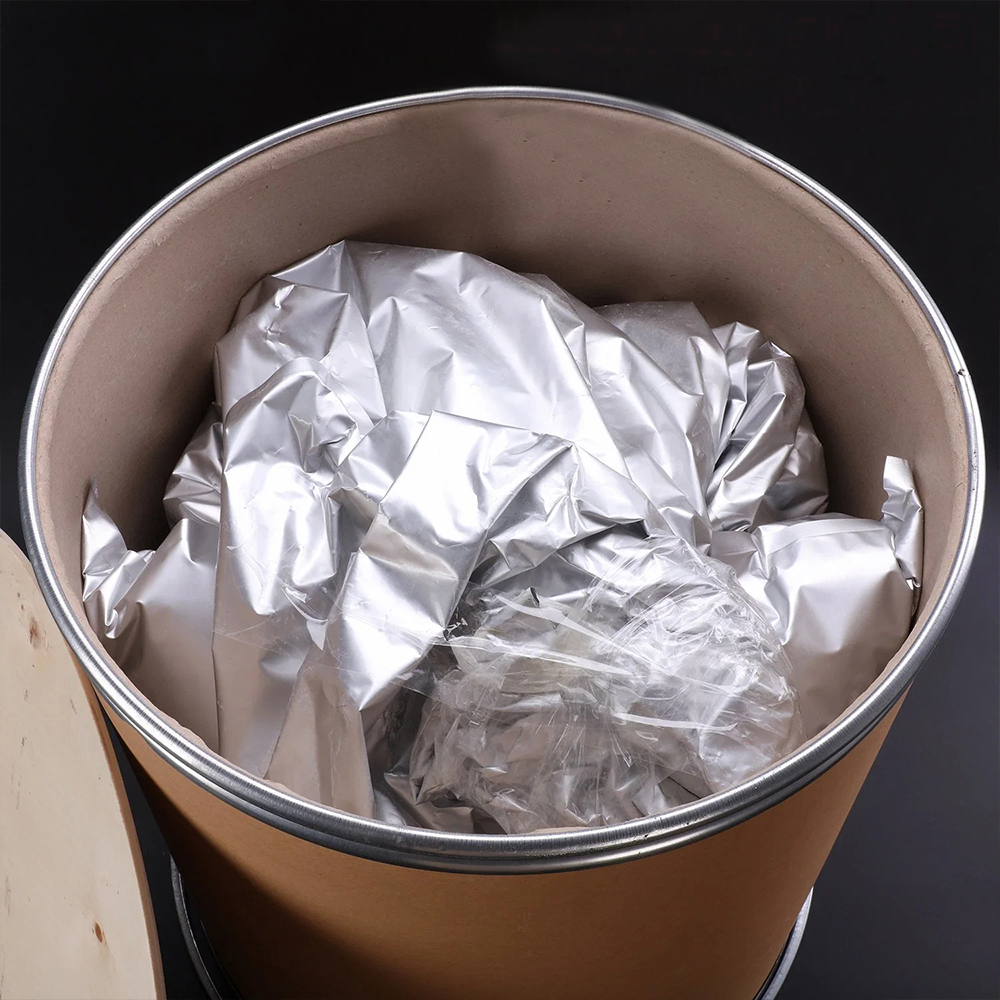



Chemical Oxidation Processes for Enhanced Water Treatment Efficiency and Effectiveness
Chemical Oxidation in Water Treatment An Overview
Water treatment is a critical process aimed at making water safe for human consumption and the environment. One of the most effective methods employed in this field is chemical oxidation, which utilizes oxidizing agents to remove contaminants from water. This process has gained prominence due to its efficiency in degrading various pollutants, including organic compounds, pathogens, and inorganic substances. This article explores the principles of chemical oxidation, its agents, applications, and the advantages and limitations associated with its use in water treatment.
Principles of Chemical Oxidation
Chemical oxidation involves the transfer of electrons from a substance to an oxidizing agent. In water treatment, this process facilitates the breakdown of pollutants, allowing for their removal from water sources. Oxidation can occur as a result of reactions between the contaminants present in the water and the chemical oxidants introduced into the systems. As oxidizing agents react with these contaminants, they help convert harmful substances into less toxic or inert forms, which can then be easily filtered out or treated further.
Common Oxidizing Agents
A variety of chemical oxidants are employed in water treatment, each with unique properties and applications
1. Chlorine and Chlorine Compounds Chlorine is one of the most widely used disinfectants due to its effectiveness in killing bacteria and viruses. However, it can react with organic materials to form harmful byproducts, such as trihalomethanes (THMs), which are regulated due to their potential health risks.
2. Ozone (O₃) Ozone is a powerful oxidizing agent that effectively eliminates bacteria, viruses, and organic contaminants. It breaks down into oxygen quickly, leaving no harmful residuals., making it suitable for drinking water treatment. However, its application requires careful handling due to ozone's high reactivity and associated safety concerns.
3. Hydrogen Peroxide (H₂O₂) This oxidant is effective against a wide range of contaminants, including iron and manganese. It decomposes into water and oxygen, posing minimal environmental concerns. Moreover, when combined with ultraviolet (UV) light, it can enhance pollutant degradation, a process known as advanced oxidation.
4. Permanganate (KMnO₄) Known for its strong oxidizing properties, potassium permanganate is often used for the treatment of iron and manganese in groundwater. It is effective in oxidizing organic pollutants, although its handling requires caution due to its toxicity in high concentrations.
Applications of Chemical Oxidation
Chemical oxidation is employed in various contexts, including
- Drinking Water Treatment Many treatment facilities integrate chemical oxidation to ensure that the water is free from pathogens and harmful chemicals. The oxidants mentioned help in disinfection and removing color, taste, and odor.
chemical oxidation in water treatment

- Wastewater Treatment In wastewater treatment plants, chemical oxidation is often used to break down complex organic matter and reduce the harmfulness of effluents before they are discharged into the environment
.- Groundwater Remediation Chemical oxidation plays a significant role in remediating contaminated groundwater, where oxidants are injected into the aquifer to transform hazardous pollutants into less harmful compounds.
Advantages and Limitations
The application of chemical oxidation offers numerous benefits, including
- Effectiveness Chemical oxidants are capable of degrading a wide range of contaminants, including those resistant to conventional treatment methods.
- Speed Oxidation reactions commonly occur rapidly, often resulting in immediate improvements in water quality.
- Versatility A variety of oxidants can be selected based on the specific contaminants present, allowing for tailored treatment solutions.
However, there are limitations to consider
- Formation of Byproducts Some oxidants can react with natural organic matter, generating harmful byproducts that require further treatment.
- Cost The use of some oxidants, particularly ozone and hydrogen peroxide, can be expensive, influencing the overall operational costs of treatment facilities.
- Operational Challenges Maintaining appropriate dosages and monitoring the chemical reactions can be complex, demanding skilled operation.
Conclusion
Chemical oxidation is a powerful tool in the water treatment arsenal, effectively addressing various contaminants and ensuring safe water for consumption and environmental discharge. By understanding the mechanisms, advantages, and challenges of chemical oxidation, water treatment facilities can enhance their processes and contribute to global water quality improvement. As technology advances, the integration of chemical oxidation with other treatment methods will continue to evolve, fostering innovations in water sustainability and safety.
-
Why Sodium Persulfate Is Everywhere NowNewsJul.07,2025
-
Why Polyacrylamide Is in High DemandNewsJul.07,2025
-
Understanding Paint Chemicals and Their ApplicationsNewsJul.07,2025
-
Smart Use Of Mining ChemicalsNewsJul.07,2025
-
Practical Uses of Potassium MonopersulfateNewsJul.07,2025
-
Agrochemicals In Real FarmingNewsJul.07,2025
-
Sodium Chlorite Hot UsesNewsJul.01,2025










